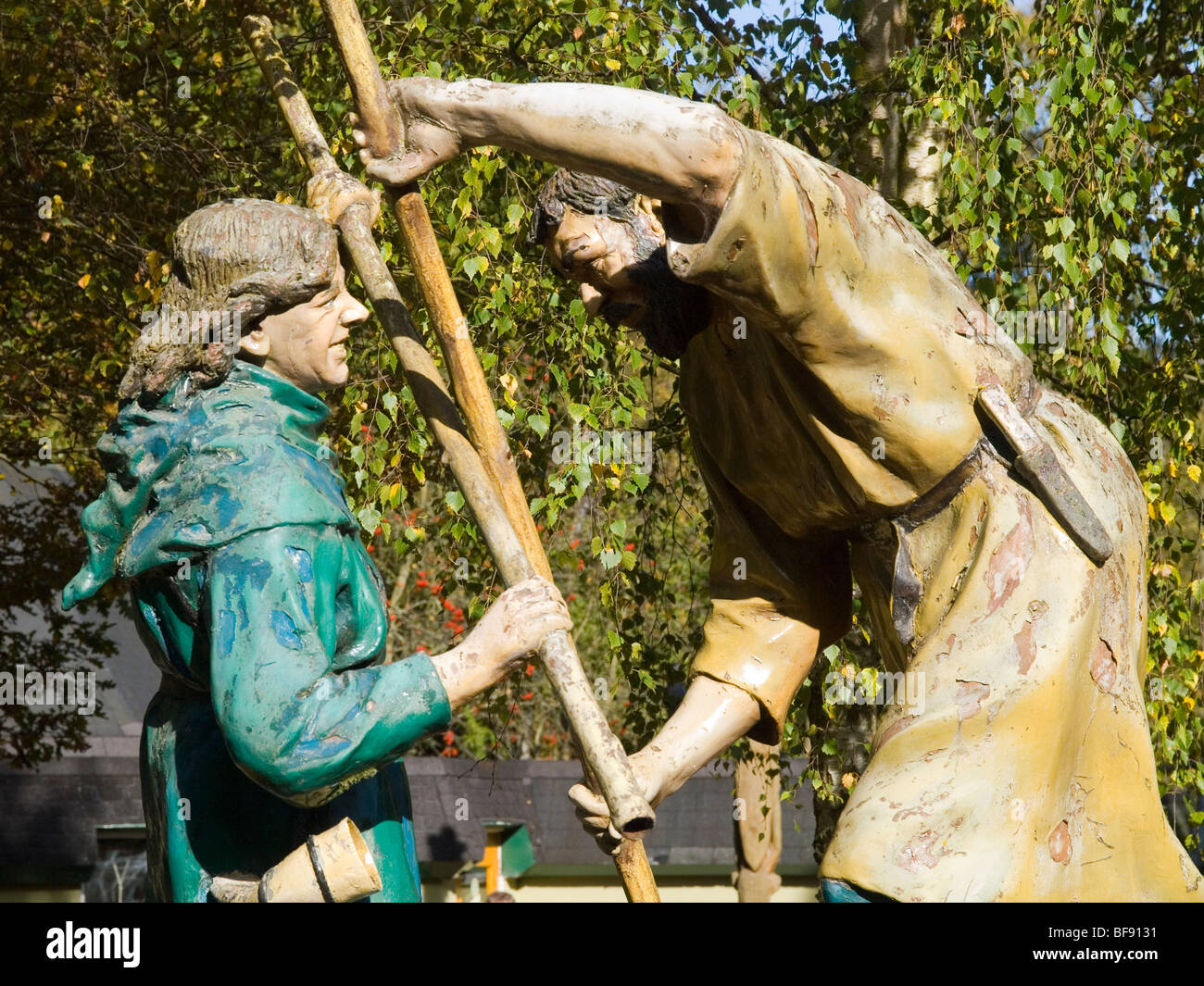The Outlaws of Sherwood is a retelling of the legend of Robin Hood by Robin McKinley. In McKinley's afterword, she says. Robin is a forester in Sherwood forest.

Sherwood Forest's dining room Virginia Department of Historic Resources John Tyler bought this 1,200-acre plantation in 1842, when he was still serving as 10th president of the United States, and it was his retirement home from 1845 until his death in 1862. He expanded the original 1780 frame plantation house into one of the longest private residences in Virginia—300 feet long but only one room deep. Tyler was the first vice president of the United States to succeed to the presidency and set an important precedent by claiming the full powers of that position. His major goal as president was the annexation of Texas, which occurred shortly after he left office. Expelled from the Whig Party that nominated him, he was the first president threatened with impeachment. He named his plantation “Sherwood Forest” because he considered himself a political outlaw—like Robin Hood. John Tyler was born in 1790 at Greenway plantation, only about three miles away from Sherwood Forest.
He studied law and soon entered politics, serving in the Virginia legislature from 1811 to 1816. Elected to the United States House of Representative in 1816 as a Democratic Republican, he supported the proslavery, strict constructionist, and states’ right positions that he would hold to for the rest of his career. After leaving the House, he returned to state politics, serving as governor from 1825-1827. Elected to the United States Senate in 1827, he backed Andrew Jackson for president but became increasingly dissatisfied with his policies.
By 1836, he abandoned the Democratic Republican Party, resigning from the Senate and becoming at least a nominal Whig, though here again he disagreed with many of the party’s policies. The Whig Party nominated him for vice president in 1840, with William Henry Harrison, to appeal to states’ rights southerners.
The pair known as “Tippecanoe and Tyler too” shared a short time in office together. Harrison caught pneumonia on Inauguration Day and died a month later. Tyler was only 51, the youngest president ever up to that point. Tyler was also the first vice president to reach the presidency. Although called “His Accidency” by his opponents, he refused to serve as acting president, insisting on all the powers of a duly elected chief executive. Because he opposed many of the policies of the party that nominated him, his administration was an intensely controversial one.
He vetoed many bills enacted by the congressional majority and was the first president ever to have his veto overridden. At one point, all but one of his cabinet members resigned. The Whigs expelled him from the party and considered impeachment, again for the first time. They pushed through a resolution of censure in the House of Representatives and even denied him money to maintain the White House. Letitia Christian Tyler, the President's first wife, died in the White House in September 1842. A few months later, Tyler began courting 23-year-old Julia Gardiner, a beautiful and wealthy New Yorker.

Sherwood Forest Faire
Their marriage in New York City on June 26, 1844, marked another first, the first president married while in office. Tyler’s administration managed to accomplish a great deal in spite of its political difficulties. It settled a long-standing dispute over the boundary between the United States and Canada and signed the first commercial treaty with China. It reorganized the United States Navy, established the Weather Bureau, and ended the Seminole War. Tyler’s last and probably most important achievement was to facilitate the annexation of Texas. At the very end of his term, Congress passed a resolution offering Texas the opportunity to join the Union. In 1844, Tyler threw his support to James K.
Outlaws Of Sherwood Forest
Polk, the Democratic nominee, and retired to Sherwood Forest.